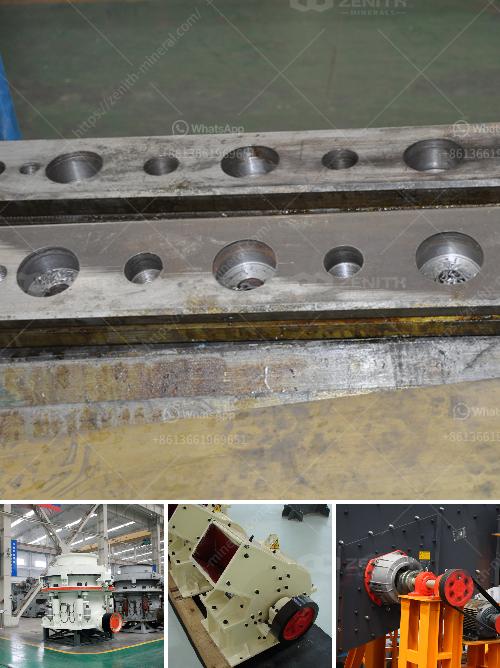Increasing the efficiency of an iron ore processing plant involves several strategies and optimizations across various stages of the process. Here are some detailed steps and considerations to enhance the efficiency:
1. Ore Characterization and Blending
- Ore Quality Analysis: Conduct thorough geological surveys and ore characterization to understand the mineral composition and variability.
- Blending: Blend ores from different sources to achieve a consistent feed quality, which can improve downstream processing efficiency.
2. Crushing and Grinding Optimization
- Crushing: Use advanced crushing technologies and equipment to reduce the size of the ore particles efficiently. High-pressure grinding rolls (HPGR) can be more energy-efficient compared to traditional crushers.
- Grinding: Optimize grinding circuits by using more efficient grinding mills and implementing advanced control systems. Consider using stirred mills or vertical roller mills for finer grinding.
3. Beneficiation Techniques
- Magnetic Separation: Use high-intensity magnetic separators to separate iron ore from impurities. Optimize the magnetic field strength and the feed rate to maximize recovery.
- Flotation: Implement flotation techniques to remove silica and other impurities. Use reagents and frothers that enhance the selectivity and recovery rates.
- Gravity Separation: Employ gravity separation methods like jigs, spirals, and shaking tables to concentrate the iron ore.
4. Process Control and Automation
- Advanced Process Control (APC): Implement APC systems to monitor and control the processing parameters in real-time. This can help in maintaining optimal operating conditions and reducing variability.
- Automation: Use automation and robotics to handle repetitive tasks, reducing human error and increasing consistency.
5. Energy Efficiency
- Energy Audits: Conduct regular energy audits to identify areas where energy consumption can be reduced.
- Efficient Equipment: Invest in energy-efficient equipment and technologies. For example, variable frequency drives (VFDs) can optimize the energy usage of motors.
- Heat Recovery: Implement heat recovery systems to utilize waste heat from processes like roasting and sintering.
6. Water Management
- Water Recycling: Recycle process water to reduce fresh water consumption and minimize wastewater generation.
- Efficient Dewatering: Use efficient dewatering techniques to reduce moisture content in the final product, which can save energy in subsequent drying processes.
7. Waste Management
- Tailings Management: Optimize tailings disposal methods to minimize environmental impact and recover valuable minerals from tailings.
- By-product Recovery: Identify and recover valuable by-products from the processing waste streams.
8. Training and Workforce Development
- Skilled Workforce: Train the workforce on the latest technologies and best practices in iron ore processing.
- Continuous Improvement: Foster a culture of continuous improvement where employees are encouraged to suggest and implement efficiency improvements.
9. Research and Development
- Innovation: Invest in R&D to develop new processing technologies and improve existing ones.
- Collaboration: Collaborate with research institutions and technology providers to stay updated with the latest advancements.
10. Environmental and Regulatory Compliance
- Sustainability Practices: Implement sustainable practices to reduce the environmental footprint of the processing plant.
- Regulatory Compliance: Ensure compliance with all relevant environmental and safety regulations to avoid fines and operational disruptions.
By focusing on these areas, an iron ore processing plant can significantly increase its efficiency, reduce costs, and improve overall productivity.


